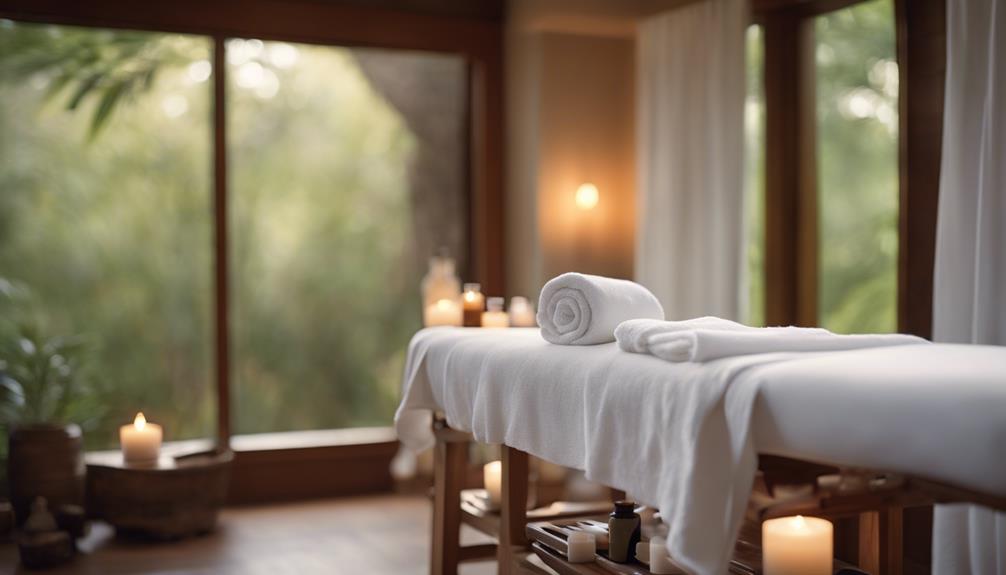===INTRO:===
A yoga block is a simple yet versatile prop that can enhance your practice, whether you’re a seasoned yogi or just starting. These blocks come in various materials, shapes, and sizes, and they serve a multitude of purposes on the mat. Understanding what a yoga block is and how it can support your practice can unlock deeper stretches, improve alignment, and increase overall strength and flexibility. Let’s dive into the specifics of what a yoga block is, why you might need one, and how to choose the perfect block for your unique practice.
What Is a Yoga Block and Why You Might Need One
A yoga block is a rectangular piece of foam, cork, or wood that acts as an extension of your body. They provide stability and support in various poses, making it easier to achieve correct alignment and deepen your stretches. If you’re struggling to reach the floor in a forward bend or find it challenging to maintain balance in certain poses, a yoga block can bridge the gap, ensuring you can practice safely and effectively.
Many people might think yoga blocks are only for beginners, but that’s a misconception. Advanced practitioners use them too, often to explore more complex positions or to enhance balance and strength training. Whether you’re looking for more comfort in your practice or aiming to refine your technique, a yoga block can be an invaluable tool that caters to your specific needs.
The Benefits of Using a Yoga Block in Your Practice
Incorporating a yoga block into your practice offers numerous benefits. One of the primary advantages is improved accessibility. For many poses, especially those requiring flexibility or balance, a block allows you to find the right position without straining your body. This means you can engage more deeply in your practice and explore poses that might otherwise be out of reach.
Additionally, yoga blocks promote better alignment and stability. By providing support where you need it most, they help you maintain proper form, which is crucial for preventing injuries. This is particularly beneficial for new students who are still learning the basics or for anyone recovering from an injury. With a yoga block, you can enhance your practice and notice significant improvements in your flexibility and strength over time.
How to Choose the Right Yoga Block for You
Choosing the right yoga block can be a game-changer in your practice, but with so many options available, it might feel overwhelming. First, consider the material. Foam blocks are lightweight and provide a softer surface, making them a great option for beginners. Cork blocks, on the other hand, are more firm and offer a bit more stability, which can be beneficial for those looking for extra support. Wooden blocks are the heaviest and most durable, ideal for advanced practitioners who need solid support.
Next, think about the size and shape of the block. Most yoga blocks are about 9x6x4 inches, but they come in different dimensions. If you’re taller or have longer limbs, you might prefer a larger block for better support. Furthermore, some blocks have beveled edges for added comfort, while others have a flat surface. Experimenting with different types can help you find the block that feels best for your body and your practice.
===OUTRO:===
In conclusion, a yoga block is a valuable tool that enhances your practice by providing support, improving alignment, and making poses more accessible. Whether you’re a beginner needing assistance or an experienced yogi looking to deepen your practice, there’s a yoga block out there for you. By understanding how to choose the right one and incorporating it into your sessions, you can enjoy a more fulfilling and safe yoga experience. So, grab a block and see how it can transform your practice today!
